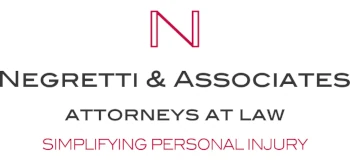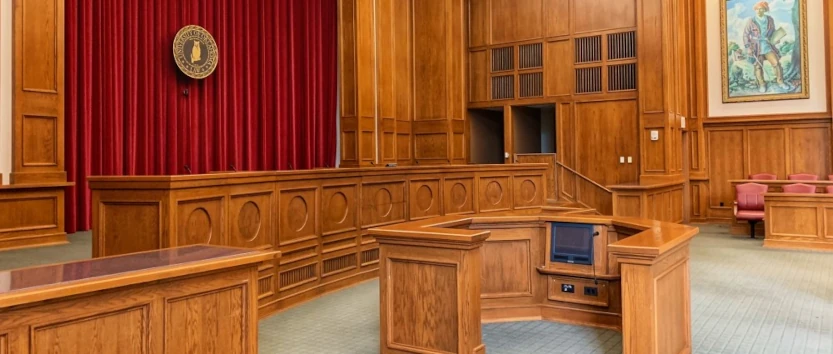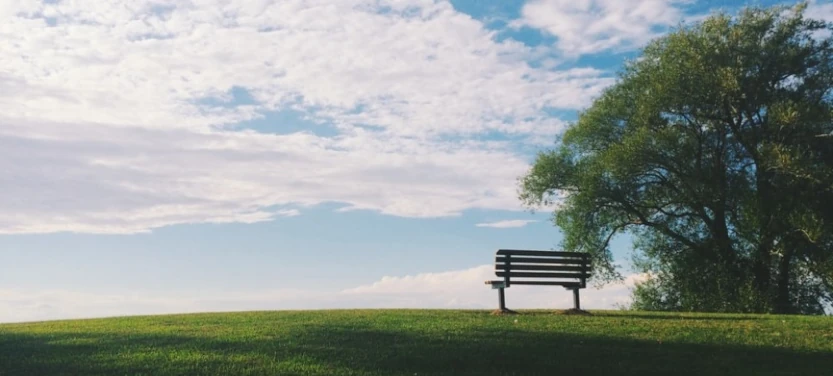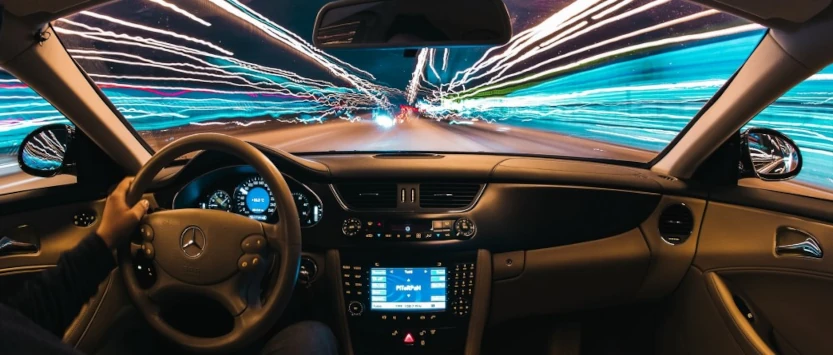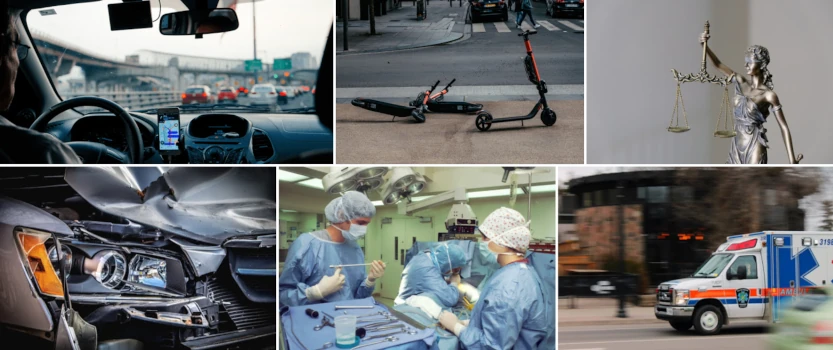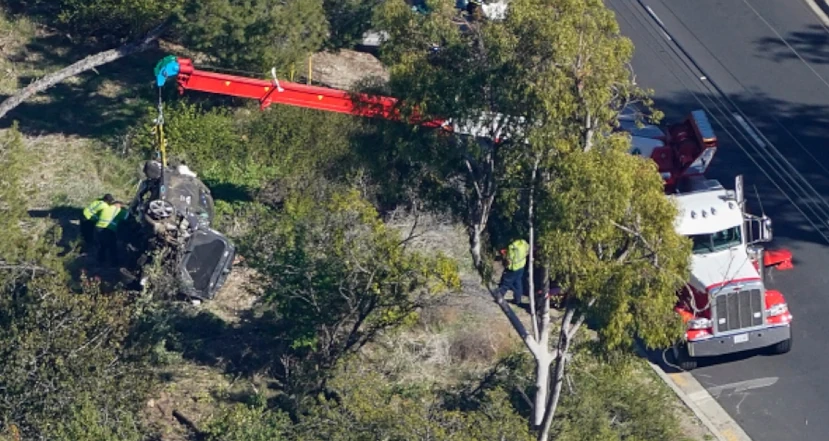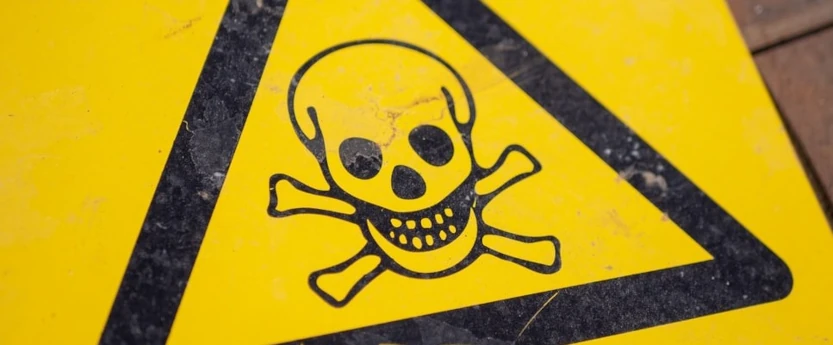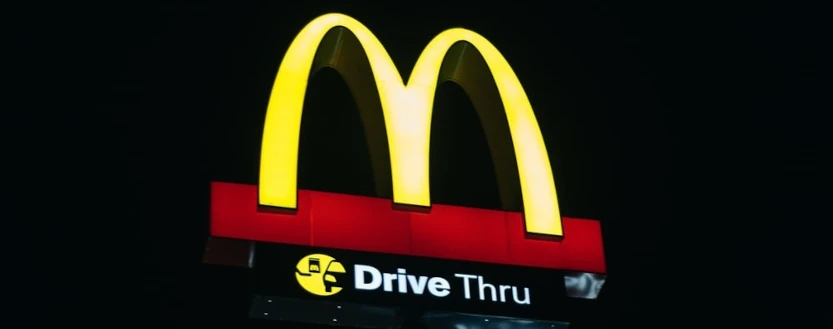In this week’s Legal Beagle Podcast, Jonathan Negretti talks about the four-day trial that Negretti & Associates just concluded. Jonathan explains why trials are hard, why trials are unpredictable, and why trials are where you find justice.
At the end of April, our firm wrapped up a four-day trial. The entire month was prep work and getting ready for that trial.
With that said, fresh from my experience of going to trial, I’d like to share my experience. My three take-aways are as follows:
- Trials are hard.
- Trials are unpredictable.
- Trials are where you find justice.
Sometimes, you have to go to trial. As an attorney, you find that there’s simply no way to resolve a case without going to trial.
I really do believe that you can find justice — in essence, accountability for the wrongdoing by the defendants — through trial.
There are times when you can find accountability through settlement.
It doesn’t mean that every case needs to go to trial. Yet, unless the defendants — and really, I’m talking about insurance companies — know that you’re serious, they’re not going to take you seriously.
The case we just tried took a few years to get to trial. This is often the situation.
Clients often ask, “How long is this whole process going to take?” I used to say 12 to 18 months. That was an aggressive timeline. That timeline is nowhere close to what we’re seeing today.
The timing of going to trial has more to do with just the time it takes to get a case ready for trial.
There is work to be done on both sides of the aisle — from the plaintiff’s side to the defense side. There are depositions that need to be taken and medical exams that may need to be conducted. Just getting medical records and putting experts’ evaluations into place can take quite a while.
There are two different types of trials: bench trials and jury trials.
- In a bench trial, a judge hears arguments from both sides and then makes the decision.
- A jury trial is what you would probably know from TV and movies that you’ve seen. A jury of one’s peers is selected. After hearing arguments, members of the jury deliberate and decide upon the case.
The trial that Negretti & Associates recently wrapped up was a bench trial.
Trials Are Hard
Trials are hard on everyone — not just the attorneys involved, or the clients involved. They’re hard on the judicial system, too. They’re hard on the people who are tasked with making a decision about a case, whether that’s a judge or a jury. Trials are hard on the experts who are involved, as well as the support staff at law firms.
Going to trial requires a mountain of work. There’s no way to really capture this in words. You just have to live and experience it. Frankly, I would hope that most clients don’t have to live through a trial experience. It’s not a fun experience for most people.
In a personal injury context, you’re in a trial because you were hurt in some way. You’re not in trial because going to trial ends up being some sort of positive experience in the way that you would think it would be. You’re there because something happened and deeply impacted your life. An event disrupted your life, causing a need for a claim to be brought, a lawsuit to be filed, litigation to transpire, and a courtroom to be visited.
As an attorney, I enjoy trial work, and I really have a sense of fulfillment that comes along with this work. But that’s because it is what I have signed up to do. By contrast, people who are driving down the road and get hit unexpectedly in a car crash aren’t looking for a trial. I acknowledge and I recognize this.
There’s stress involved. The prep work involved for our recent trial was pretty extensive!
We’re talking about weeks and weeks and weeks of prep — re-reading deposition transcripts, talking with our experts, thinking about trial strategy, working on the opening statement, working on the case-in-chief, which is where the plaintiff puts on their witnesses. We then worked on a rebuttal for the defense case-in-chief, which is what the defense puts on to argue against the plaintiff case. Then we formulated our closing argument at the end. All of this just takes time and a lot of work.
The testimony of witnesses can be extensive, too. You may have taken a witness by deposition earlier in a case, and then you have to take them live. In effect, you basically have to redo everything that you did in the deposition.
This often holds true for the plaintiff, who is going to be asked to sit through a deposition at some point during litigation. The plaintiff will be asked to be taken live at the time of trial, where they’re going to be asked a lot of the same questions that they were asked at the deposition.
As a case develops, you’re faced with the problem of time passing and life intersecting with the law. A crash may happen on one date. The deposition happens on some date after that. And then the trial happens on some later date, even further out in time from the date of the crash. Changes occur with the plaintiff along the way. They may be getting better or worse after suffering injuries.
Life happens. But the law is not black and white. You can’t put people in boxes or categories if a situation or event is highly transitional.
There’s a line from Jerry McGuire that I love: “up at dawn, pride-swallowing siege.” That’s what it’s like to do this kind of work. We were up early each morning and worked very late at night. We had very little sleep. Family and friends can get pushed aside, because you just don’t have the ability to focus on anything but the trial itself.
In fact, this occurred my wife. Her birthday landed in the middle of this trial. I was able to peel away for dinner, and we had some friends and family over. I was able to share a few moments with them, and then I went back to work. That’s just the reality of what we deal with. We were able to celebrate more fully after the trial.
I share this with you because it’s the real dynamics of life and what happens with trials. As the plaintiff, every day we’re talking about what happened that day — giving updates and talking through strategy. And we’re trying to calm the nerves that are there for person who has given their trust and faith to a third party — a judge or a jury — and saying “you make the decision,” because the parties involved can’t simply agree.
Trials Are Unpredictable
Weird things can happen in trial. Our trial happened virtually. I’m very comfortable talking into a little dot on my computer screen, so the experience wasn’t uncomfortable for me. But for others, who aren’t comfortable with that — especially clients and experts who haven’t done it — it’s weird to have a conversation through a computer.
Technical difficulties weren’t really apparent. We got through that pretty smoothly.
If there was one real issue for our case, it’s that people can change their testimony at trial. Incredibly, an expert who testified just flat-out lied! On the stand! And we knew it! I suspect that that expert knew it, too.
At the end of the day, all you can do is try to prove your case through prior testimony and the evidence you’re presenting. You have to hope that the trier of fact — whether that’s the judge or the jury — picks up on what you’re saying and understands where lies occurred.
At the closing argument, you have the chance to explain your position a bit better. But, as it’s happening, you can be caught off-guard. You don’t expect people to change and do an about-face during trial. People usually stick to what they said.
Most people, I think, are trying to be honest. They at least believe, in their minds, that they are being honest. I say this because there are a lot of defense experts who say whatever the defendant wants them to say. We see the same reports and findings over and over. Do I think those experts are intentionally lying? I don’t know. Sometimes they just believe they’re serving another master, and their service to that master is more important than really being fair and reasonable. When this happens, you end up in trial.
Trials Are Where You Find Justice
Earlier, I talked a little bit about accountability. I believe accountability is a byproduct of justice. You go to court to try to resolve your case, simply because you can’t reach a fair resolution somewhere along the way.
Just to be clear, I’m talking about the civil justice system here. There’s also the criminal justice system, which operates independently. Civil and criminal are the two justice systems in this country. They have different ramifications and consequences, but they’re of equal importance.
I believe that our system is set up to be a justice system. There is a civil context and a criminal context, but justice is justice. Justice is accountability for what has happened.
We’ve seen this in the news and in society at large. George Floyd’s brother, Philonise, made an interesting point after former Minneapolis police officer Derek Chauvin was found guilty. Speaking about the verdict, Philonise Floyd said, “It was accountability.”
Ultimately, this is what we’re looking for from the justice system. We’re looking for some sort of accountability. We want the wrongdoer — whether it’s a criminal or civil wrongdoer — to be held accountable for what happened. That’s why I think we find justice in the courtroom.
Sometimes we can’t find justice outside of the courtroom. We certainly can’t find it if the opposing party — the defendant — isn’t going to be fair, treat our client’s situation seriously, or consider what happened in our particular case. Needing to take a case to trial can be a serious consequence of the defendant’s actions.
And so, you sometimes have to take your case to the courtroom. Yet, in doing so, you face a variety of obstacles. For example, you may face consistent denials. I found this, and I actually used this in my closing argument that in psychology, denial is really just the refusal to accept reality. It’s an interesting way to define the word denial.
When defendants deny claims, they refuse to accept the reality that accidents or crashes cause injuries. If you step away from things and look at things from a third-party perspective, I think people can agree on certain basic reality that surrounds a claim. Yet, you still get a lot of denials from the defense, and those denials are not based in any sort of reality. Those become exposed at trial. That’s a great time to do so.
You may also deal with unfair value when taking a case to trial. Unfair value is what the defendant thinks the claim is worth, as opposed to what the plaintiff thinks the claim is worth. There’s a disagreement, to be sure.
It’s important to look our judicial system and how the justice system values a claim. We try to ascertain the fair and reasonable amount that should be paid to someone to make them whole — to compensate them for injuries that have occurred as a result of the crash.
An injury claim doesn’t need to be an automobile crash. An injury case could have a slip-and-fall context, or be the result of medical malpractice or vicious dog bite. Regardless of the injury context, fair and reasonable are important words.
Who Wins?
No one wins any sort of award by going to trial. No one wins any sort of contest by getting into litigation. No one walks away from a trial wishing it could happen again, because of the aftermath of a crash. In my entire time of practicing law, which is almost ten years, there hasn’t been one client who has ever said to me, “I would go through this again.”
We’ve had some fantastic outcomes from the cases we’ve managed. But not one of our clients has ever said to me they would go through their experience again. In other words, they would not give up their health and wellbeing — their physical health and mental health — for some sort of compensation, whether that’s some sort of check written by the defendants or otherwise.
Having gone through the COVID-19 pandemic of 2020-21, people have developed a deeper understanding of how really important our health and wellbeing is. Now, more than ever, we value not just our physical health, but also our mental health.
The pandemic was a leveling factor. Everyone knew of someone who was affected in some way. Whether it was a friend, whether it was a family member, we had concern for people with preexisting underlying medical issues. I think that overall, our society — humanity, itself — began to look at our health as more important than anything else.
In turn, I think this new perspective has benefitted plaintiffs everywhere. I think people have been reminded of the fragility of life in many, many subtle ways. The people who sit on juries, coming out of what we have all experienced, I think will have a more compassion in their hearts. We are more acutely aware of what it means to be stripped of things without our consent — or, conversely, being involved in a situation that we did not choose to become involved in.
A Closing Argument
Although I will reaffirm that trials are no fun for everyone to a certain extent, there is a sense of purpose in getting into a trial, telling a story and having that story heard by others, and then reaching a resolution that is fair and reasonable. In a way, the process of going to trial allows for closure.
Until it gets resolved, a case can be like an open wound. It doesn’t really ever get fully resolved until you find some closure in and through our judicial system — through the justice that our Constitution allows. For me, this ability to provide support and achieve a sense of closure — and the sense of purpose that comes along with this role — is very powerful.
I’m proud of the work that we do. I’m thankful for the clients who trust us to handle their cases and and give us the freedom to do the work required to help them find justice.
To those defense attorneys, insurance companies, and defendants that might watch this, we’re not going anywhere. This is not just me speaking for myself and the attorneys at my firm. I am speaking for all plaintiffs everywhere and the attorneys who are proud of the representation they provide. We will continue to tell our stories so that people can be aware of what’s really happening.
